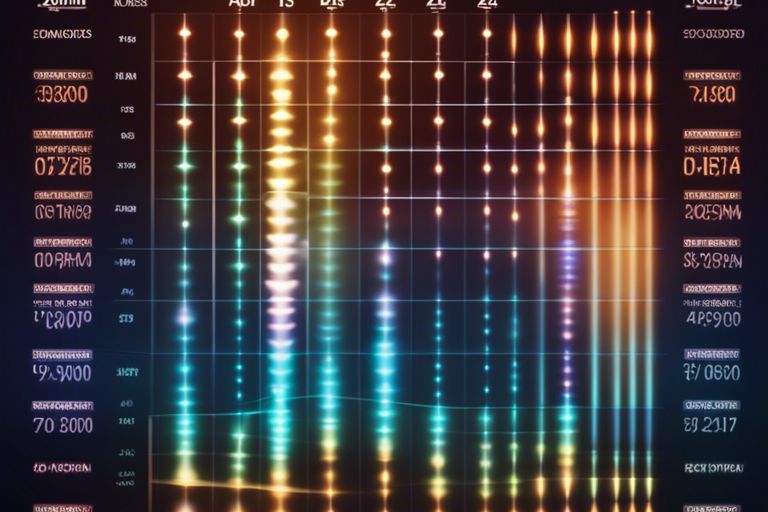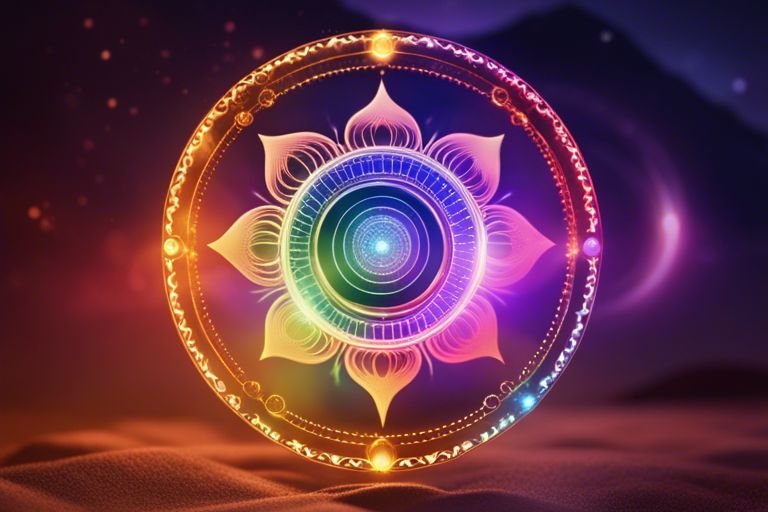How Long Do Auras Last?
It’s a common question among those who experience auras – how long do these colorful energy fields actually last? Auras, believed to be the subtle energy fields that surround living beings, can vary in duration depending on various factors. While some auras may only last a few seconds or minutes, others can persist for hours or even days. In this informative blog post, we will examine into the intricacies of auras and explore the factors that can influence how long they last.
Key Takeaways:
- Duration Varies: The length of time an aura lasts can differ from person to person and even from one episode to another.
- Typical Range: Generally, auras can last anywhere from a few minutes to an hour before a headache begins.
- Seek Medical Advice: If you experience auras that persist for an unusually long time or are accompanied by other concerning symptoms, it is important to consult a healthcare professional.
Defining Aura Duration
You may be wondering, how long do auras really last? In the world of auras and energy fields, the duration of an aura can vary based on multiple factors.
Factors Affecting Aura Length
- Individual’s energy levels
- Emotional state
- Environmental influences
Assume that these factors are in flux and can directly impact the length of time an aura remains present.
Average Duration of Auras
On average, auras can last anywhere from a few minutes to several hours. The duration depends on the individual and the circumstances surrounding them.
The length of an aura may also be influenced by the intensity of the energy field being projected. The stronger the energy, the longer it may linger in the surrounding space.

Types of Auras and Their Durations
Any individual who has experienced auras knows that they vary in type and duration. Auras can manifest in different ways, each with its unique characteristics and timeline. Understanding the types of auras and their durations can help individuals navigate and cope with these experiences. Perceiving the differences in auras can provide valuable insight into how each type may affect an individual’s overall well-being.
| Type of Aura | Duration |
|---|---|
| Visual Auras | Usually last from a few minutes to an hour |
| Sensory Auras | Can vary from a few minutes to several hours |
| Psychological Auras | May persist for hours to days |
| Motor Auras | Typically last a few minutes |
| Verbal Auras | Can range from minutes to hours |
Visual Auras
The duration of visual auras can vary from a few minutes to an hour. These auras often involve disturbances in one’s field of vision, such as flashes of light, blind spots, or shimmering lights. Individuals experiencing visual auras may also perceive geometric patterns or zigzag lines.
Sensory Auras
Visual, olfactory, or auditory disturbances fall under sensory auras, which can last from a few minutes to several hours. These auras involve experiencing changes in perception related to the senses, such as seeing bright lights, smelling unusual odors, or hearing unfamiliar sounds. Sensory auras can be disorienting but are typically temporary and resolve on their own.
Auras can be intense experiences that vary in duration and type. Understanding the different types of auras and their durations can provide valuable insights into how they manifest and impact individuals. It is imperative to recognize the signs and symptoms of auras to better manage and cope with these sensory disturbances.

Aura Duration in Relation to Health Conditions
Migraines and Auras
All auras, including those associated with migraines, typically last anywhere from a few minutes to an hour. For those experiencing a migraine aura, the duration can vary depending on the individual and the severity of the migraine attack. It is vital for individuals who experience prolonged or frequent auras to consult a healthcare professional for proper diagnosis and management.
Epileptic Auras
Health conditions such as epilepsy can also trigger auras, often referred to as epileptic auras, which can last from a few seconds to a couple of minutes. These auras serve as warning signs before a seizure occurs, providing an opportunity for the individual to seek safety or take necessary precautions. Understanding the duration of epileptic auras can help individuals better manage their condition and seek prompt medical intervention when needed.
The duration of epileptic auras can vary depending on the type of seizure and the individual’s overall health condition. It is crucial for individuals diagnosed with epilepsy to work closely with healthcare professionals to monitor their symptoms, including the duration and frequency of auras, to ensure proper management and treatment.

Managing and Reducing Aura Duration
Unlike Stages of a migraine attack, which can vary in intensity and duration, auras also follow a pattern in some individuals. Managing and reducing aura duration can greatly improve the overall migraine experience. By implementing certain strategies and interventions, it is possible to alleviate the impact of auras and potentially shorten their duration.
Medical Interventions
For those seeking medical interventions to manage and reduce aura duration, consulting with a healthcare provider is crucial. They may recommend medications specifically designed to target and alleviate the symptoms associated with auras. These medications can help decrease the intensity and duration of auras, providing relief for those experiencing these visual disturbances.
Lifestyle Adjustments and Coping Strategies
Adjustments to one’s lifestyle and coping strategies can also play a significant role in managing and reducing aura duration. By identifying and avoiding triggers that may precipitate a migraine attack, individuals can potentially lessen the frequency and duration of auras. Incorporating stress-reducing techniques, maintaining a consistent sleep schedule, and practicing relaxation methods can also contribute to the overall management of auras.
A holistic approach that combines medical interventions with lifestyle adjustments and coping strategies can offer a comprehensive solution for managing and reducing aura duration. It is important to work closely with healthcare providers to develop a personalized plan that addresses individual needs and preferences, ultimately enhancing the quality of life for those affected by migraines and auras.
Conclusion
The duration of an aura can vary from person to person and can last anywhere from a few minutes to an hour. Factors like the individual’s overall health, triggers, and the type of migraine can impact how long an aura lasts. It is necessary for individuals experiencing auras to track their symptoms carefully to better understand their migraine patterns and seek appropriate medical advice if needed. By being proactive and understanding one’s unique aura patterns, individuals can better manage their migraines and improve their quality of life.
FAQ
Q: How long do auras last?
A: Auras can last anywhere from a few minutes to an hour, with the average duration being around 20-30 minutes. However, some auras can persist for several hours or even days in rare cases.
Q: What factors can influence the duration of an aura?
A: The duration of an aura can be influenced by various factors such as the type of aura, individual differences in migraine patterns, triggers, stress levels, and the effectiveness of migraine management strategies.
Q: When should you seek medical attention for prolonged or severe auras?
A: If you experience unusually prolonged or severe auras that are accompanied by other alarming symptoms such as difficulty speaking, weakness or numbness on one side of the body, loss of consciousness, or a sudden and severe headache, it is important to seek immediate medical attention as these could be signs of a more serious underlying condition.






